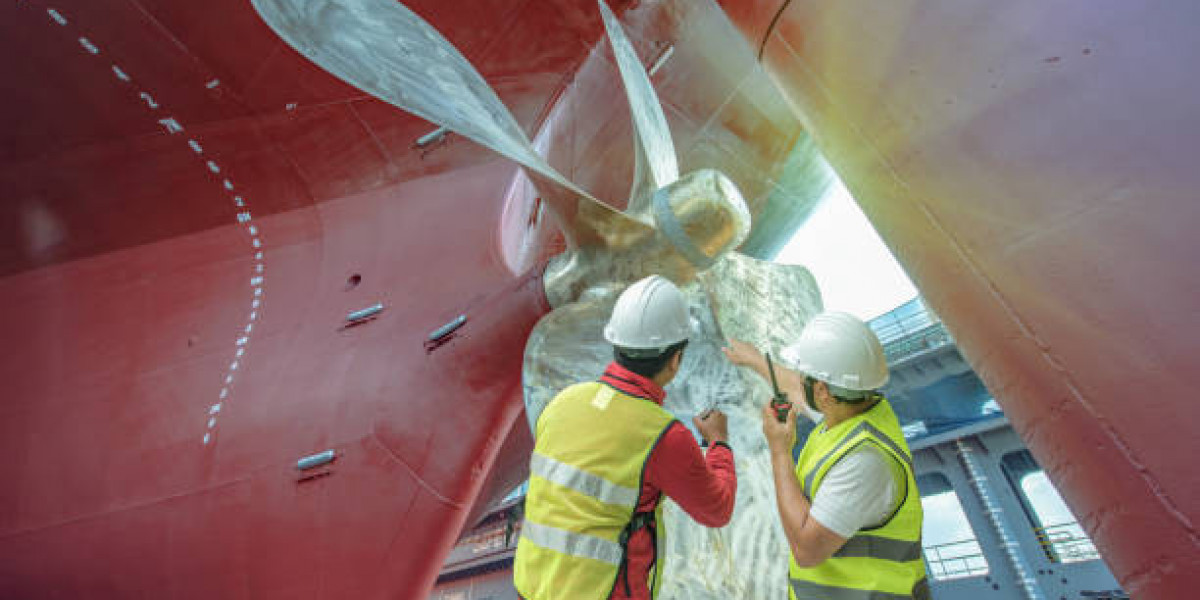In today’s digital world, the restaurant industry is constantly evolving. Customers expect not only great food but also innovative and seamless dining experiences. As technology becomes more integral to every aspect of business, restaurant owners are looking for ways to streamline operations, improve customer satisfaction, and maximize profits. One of the most revolutionary tools available to restaurants today is menu management software. By transforming how restaurants create, update, and manage their menus, this software is proving to be a game-changer in the industry.
1. Seamless Updates and Real-Time Changes
Traditionally, updating a restaurant’s menu involved manual processes—reprinting physical menus, adjusting online listings, and communicating updates to staff. These tasks were not only time-consuming but also prone to errors. With menu management software, all updates can be done in real-time and reflected across multiple platforms instantaneously.
This is particularly beneficial for restaurants that frequently change their offerings, prices, or special promotions. Whether adding a new seasonal dish or removing an underperforming item, managers can quickly make changes that are instantly available to both customers and staff.
2. Simplified and Flexible Menu Design
A restaurant’s menu is one of its most powerful marketing tools, and menu management software offers powerful design features to create visually appealing menus. Many of these systems come with customizable templates that help restaurant owners design professional-looking menus with ease. Restaurant owners can adjust layouts, fonts, and colors to reflect their brand, all without the need for advanced graphic design skills.
Moreover, digital menus offer increased flexibility—restaurants can easily tailor menus for different times of day (lunch vs. dinner), customer preferences, or special events. This flexibility allows restaurants to adapt their offerings efficiently to meet changing demands.
3. Cost Management and Profitability Insights
Profitability is key in the competitive restaurant industry. Menu management software often integrates cost management tools that help restaurants track the cost of ingredients and calculate accurate food cost percentages. Managers can easily monitor how much each dish costs to produce and adjust prices or recipes accordingly to ensure that margins are met.
The software can also provide data on how specific menu items are performing. By analyzing sales, restaurants can identify high-margin dishes or underperforming items that may need to be removed. This data-driven approach to pricing and menu adjustments leads to smarter business decisions that maximize profit.
4. Enhancing the Customer Experience with Multi-Language QR Menus
In the modern dining experience, customers are increasingly looking for convenience and personalization. One of the standout features of menu management software is the ability to offer a multi-language QR menu. This feature allows customers to scan a QR code on their table and access the menu directly on their smartphones.
The major advantage of a multi-language QR menu is that it enables restaurants to cater to a diverse clientele. Whether customers speak English, Spanish, French, or Mandarin, they can view the menu in their preferred language, making them feel more comfortable and understood. This enhances the overall customer experience, leading to better reviews, more repeat customers, and an expanded customer base.
5. Data-Driven Insights for Menu Optimization
Gone are the days of guessing which dishes will be popular. Menu management software provides access to valuable analytics that help restaurant managers understand customer preferences. By tracking what items are most popular, which dishes are ordered together, and how sales fluctuate over time, restaurants can refine their offerings to cater to customer demand.
This performance data also allows restaurants to create dynamic menus based on the time of day, season, or customer demographics. For instance, if a restaurant notices that a particular dish is popular in the winter but not in the summer, the menu can be updated accordingly. With these insights, restaurants can offer a more tailored menu, improving both customer satisfaction and sales.
6. Reducing Waste and Managing Inventory
Food waste is a significant issue in the restaurant industry, and menu management software helps reduce it. By analyzing sales data and predicting demand, software can help restaurants manage inventory more effectively. When menu items are updated or changed, the software ensures that only the necessary ingredients are ordered, avoiding overstocking or spoilage.
Furthermore, integrating the software with inventory management systems enables restaurants to track ingredient usage, reorder supplies in a timely manner, and prevent shortages or excess. This contributes to cost savings, reduced waste, and more sustainable restaurant operations.
7. Improving Operational Efficiency
Menu management software not only benefits customers but also the restaurant staff. When menu changes are made in real-time, the entire team—from servers to kitchen staff—has immediate access to the updated menu. This reduces the risk of miscommunication, ensures that all team members are on the same page, and improves the overall efficiency of restaurant operations.
Additionally, digital menus accessed through QR codes can streamline ordering and payment, eliminating long wait times for customers to place orders. This increases table turnover and can lead to faster, more efficient service, which in turn boosts overall revenue.
8. Boosting Scalability and Flexibility
For restaurants with multiple locations or franchises, menu management software offers a scalable solution. Whether it’s standardizing menus across locations or offering region-specific items, software enables consistency and customization from a single platform. With the ability to manage and update menus across multiple locations, restaurant owners can save time and effort while maintaining brand consistency.
This scalability also allows for easy adaptation to changing trends. If a particular dish or cuisine becomes popular, restaurants can quickly add it to their menus without the usual logistical challenges.
Conclusion
In an increasingly competitive and technology-driven restaurant landscape, adopting menu management software is no longer optional—it's a necessity. By offering real-time updates, enhanced menu designs, cost management tools, and improved customer experiences (including features like the multi-language QR menu), this software transforms how restaurants operate. From reducing waste to boosting profitability, menu management software enables restaurants to stay ahead of the curve and provide better service, faster ordering, and a more tailored experience for customers.










